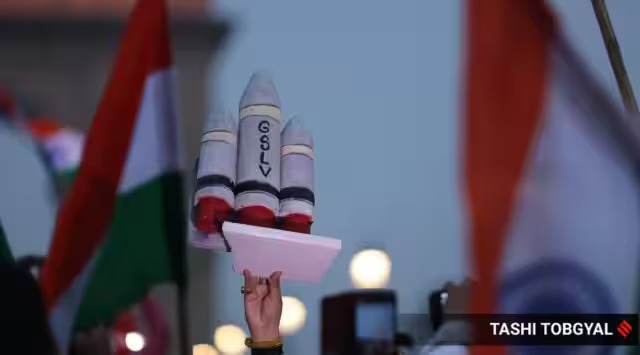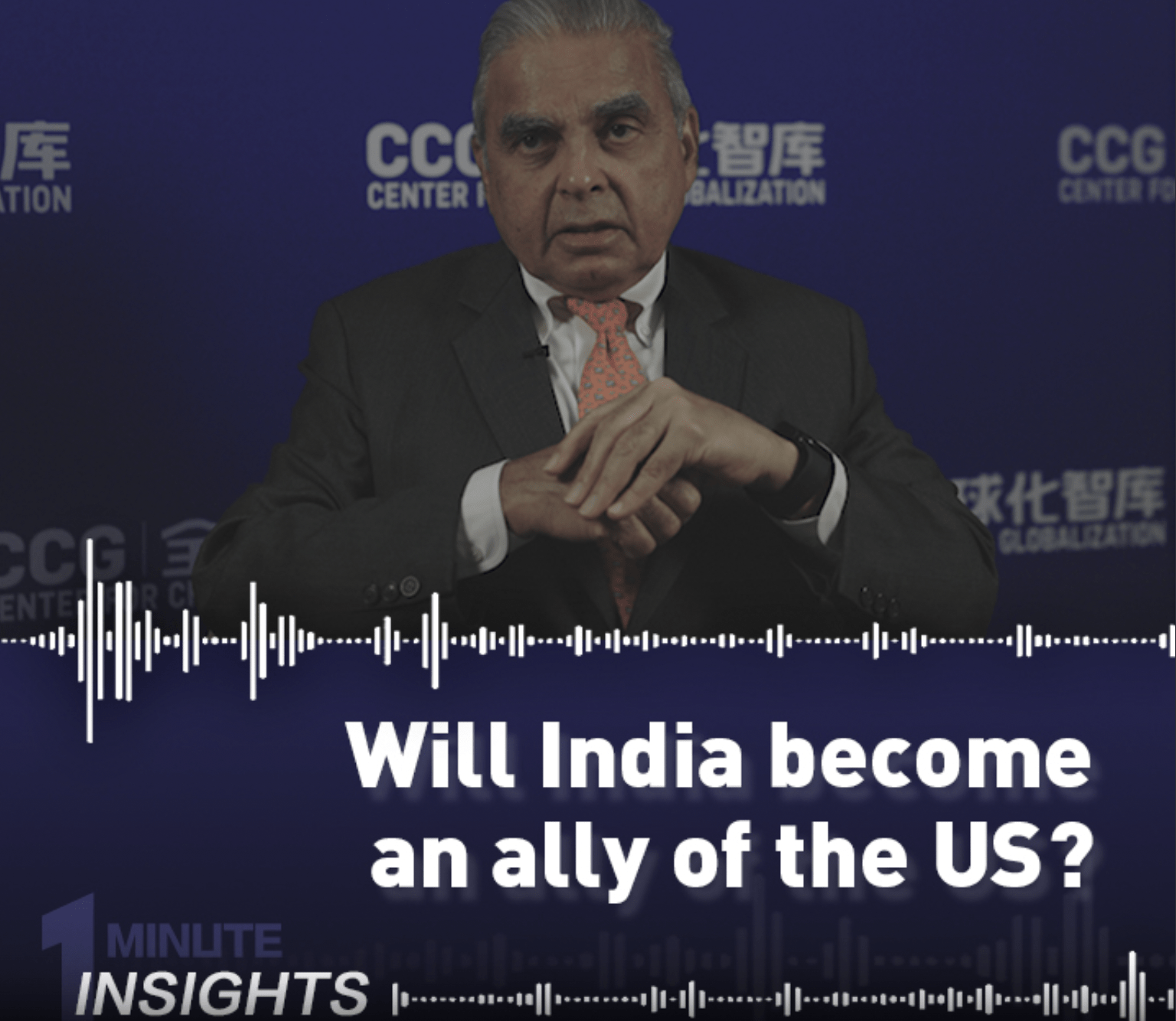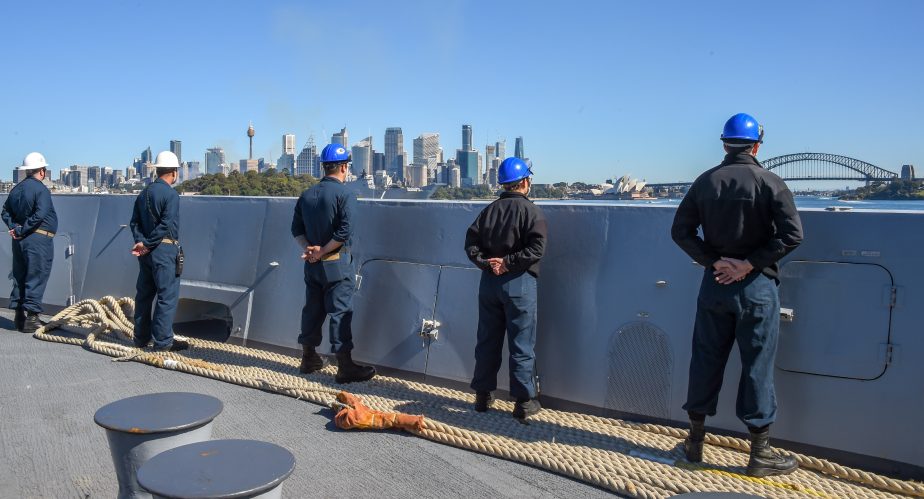How Chandrayaan-3 May Be Seen in the World
THE INDIAN EXPRESS
APLN member Shyam Saran wrote about how the success of India’s Chandrayaan-3 moon rover boosts India’s profile and standing among its BRICS partners and enhances the influence of the BRICS itself as a grouping of economically and technologically capable states who are now peers among the constituency of developing countries. The full article can be found on the Indian Express website here (paywall).
The suspense is over. India is celebrating the remarkable success of Chandrayaan-3, which landed on the Moon’s surface on the designated day, time and location. One of the markers of global leadership is technological advancement. After the US, Russia and China, India is now only the fourth country to have achieved this landmark. Chandrayaan-3 landed at the southern pole of the Moon and India is the only spacefaring nation to have selected a particularly challenging and little understood location for exploration. Scientists say that it is only the polar regions which still carry the original geology of the Moon — most of its surface having been overlaid with the debris of large and small asteroids which have been bombarding the Moon through millennia and accumulating, layer after layer. The experiments which the Moon rover will be carrying out over this space, including looking for sub-soil water, will bring new knowledge about our closest celestial neighbour. This will also help our understanding of the history and make-up of our own fragile planet.
This great success in space exploration comes, coincidentally, when Prime Minister Narendra Modi is in Johannesburg, South Africa, for the BRICS (Brazil, Russia, India, China and South Africa) summit. Chandrayaan-3’s success will boost India’s profile and standing among its BRICS partners and enhance the influence of the BRICS itself as a grouping of economically and technologically capable states who are now peers among the constituency of developing countries.
Chandrayaan-3 succeeded where a Russian lunar landing craft – Luna-25 — failed and crashed a few days earlier. It may have been a coincidence that Russia, already a seasoned space-faring nation, launched its Moon landing project virtually days after India did. But Russian failure and Indian success will be assessed side by side. Russia’s failure is already being seen as a symptom of its decline and inability, in terms of resources, to maintain its status as an advanced space power. Space exploration is a high-risk and expensive pursuit and India itself suffered disappointment when its Chandrayaan-2 also crashed on the Moon’s surface in September 2019. There is no reason to believe that Russia will not overcome this setback and pick up the pieces again. But perceptions matter. Chandrayaan-3 reinforces the international perception of India as a rising power and that of Russia as a declining power. If Russia undertook this project to counter the notion that it was no longer in the front ranks of technologically advanced countries, that the Ukraine War had not in any way dented that position, it failed. The political and psychological setback is obvious from the very limited coverage that the failed Moon mission received in the Russian media.
Image: People celebrate Chandrayaan 3 landing on the Moon at the India Gate in New Delhi on Wednesday. Express Photo by Tashi Tobgyal




